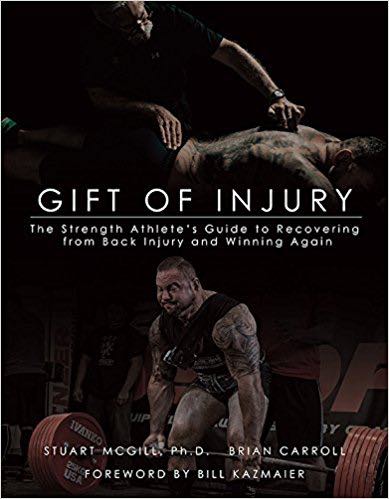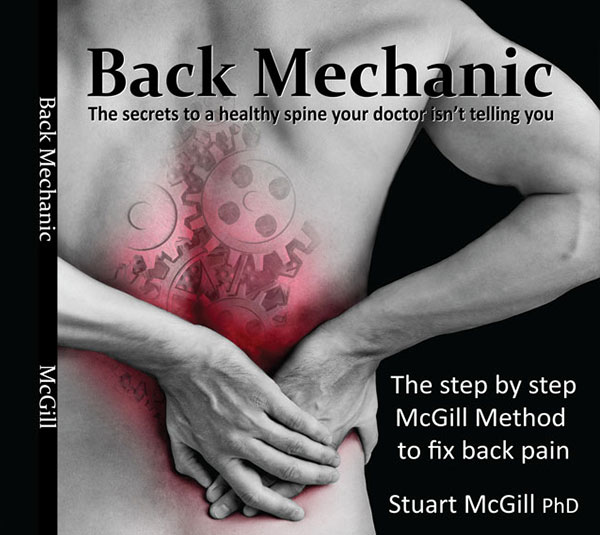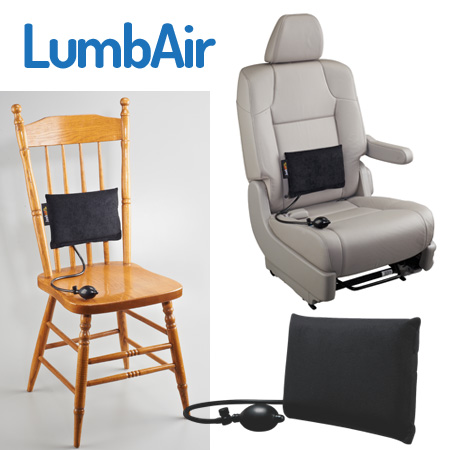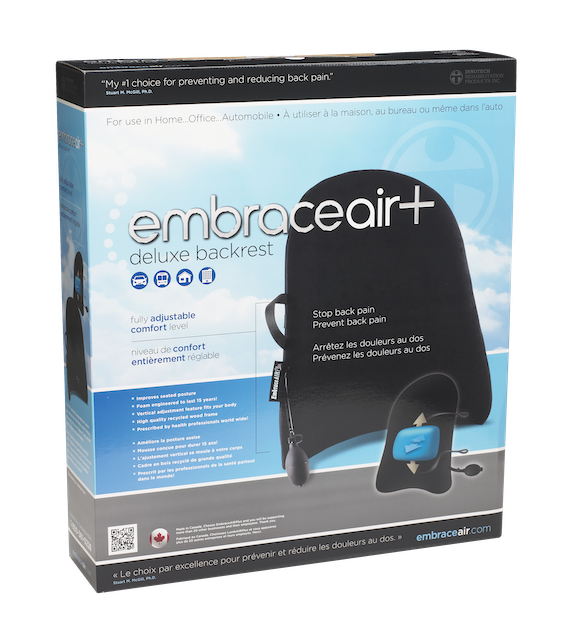05 Sep Living with Pain: Hard Truths About Opioids, Alternatives, and Finding What Works
Article Rundown
- Pain management is deeply individual — there’s no one-size-fits-all.
- Long-term opioid use damages hormones, gut health, and mood.
- Vulnerability to addiction often ties back to genetics and trauma.
- Sometimes opioids restore quality of life, but they always carry risk.
Pain That Defines a Life
I’ve met people who, without their pain medication, simply could not survive day to day. We’re not talking about psychological dependence — we’re talking about bone-deep, crushing pain that strips away quality of life. For these individuals, a couple of hydrocodone tablets at 10–15 mg a day doesn’t make them high; it makes them functional. They’re able to get out of bed, take care of their families, and keep working.
But then there are extreme cases, like Ronnie Coleman, who has publicly said he takes 150 mg of oxycodone a day, which is four or five 30 mg tablets. For the average person, half that dose could be lethal. Yet for someone of Coleman’s size, with his history of injuries and failed surgeries, that tolerance is his reality. It sounds outrageous, but it’s believable.
That’s the paradox of opioids: they can give life back to some, while destroying others. The key lies in understanding where relief ends and dependency begins. But doesn’t alcohol do the same thing? I digress…
When Research Doesn’t Fit the Patient
In my conversation with Dr. Lysander Jim, one point stood out: studies and averages don’t always match real-world pain management. Researchers will say THC or CBD performs equivalently to opioids in certain cases, and that’s true — for some. But medicine isn’t a numbers game when you’re dealing with an individual in pain.
I’ve met lifters who swear naproxen works better than hydrocodone. Others find that CBD or THC gives them the same relief. And then there are those who can only function with opioids. The danger comes when policymakers take averages and turn them into blanket rules, stripping away the individualized care that real patients need.
Pain management has to remain personal. You can’t legislate suffering into neat categories or expect one solution to cover everyone.
The Hidden Costs No One Talks About
Even when opioids are used responsibly — low, stable doses, no signs of addiction — the long-term consequences are unavoidable. Testosterone levels can plummet by up to 50%. Neurotransmitter systems are disrupted, leading to depression and emotional flatness. And then there’s the infamous opioid-induced constipation.
This isn’t just discomfort. In some cases, patients end up needing surgery or facing life-threatening blockages. I’ve lived it myself.
In 2018, after tearing my supraspinatus and subscapularis, I was put on 10 mg of pain medication a day. At the same time, I was dealing with depression and using food as a coping mechanism. Junk food binges pushed my bodyweight from a competition cut of 242 all the way up to nearly 285 pounds in a matter of months. The combination of overeating and opioids left me so constipated I thought I was headed to the ER. The stomach pain was unbearable — some of the worst I’ve ever felt. On Christmas Day 2018, I thought I was going to explode. My poor wife.
That experience showed me firsthand why patients sometimes come off (like I did) or stay on opioids despite brutal side effects. If the alternative is unbearable pain day in and day out, they’ll choose the devil they know.
The “Warm Blanket” Effect
One of the reasons opioids can be so addictive is the way they hijack the brain’s wiring. Dr. Jim described it perfectly: opioids create an artificial sensation of warmth, comfort, and connection — like being wrapped in a soft blanket. For some, it’s the first time they’ve ever felt that way.
That feeling is powerful. If you’ve lived with trauma, neglect, or broken wiring in the brain, opioids can flip a switch. Suddenly, you’re not just free from pain — you feel loved, safe, and whole. That’s why some people describe their first dose as the best feeling in the world. And that’s exactly what makes them dangerous.
Not everyone reacts the same. Some people get nauseous and want nothing to do with opioids. But for others, that first “warm blanket” experience is something they’ll chase forever, no different than a meth or heroin addict chasing their first high.
Doctors Walking a Tightrope
Here’s the truth: doctors aren’t prescribing opioids because they’re excited to hand out pills — at least not anymore. They’re doing it because patients have exhausted everything else. We’re talking multiple surgeries, years of therapy, countless lifestyle changes — and the pain still doesn’t go away. Sometimes, opioids are the last viable option.
I’ve known and seen many people perform their day-to-day tasks while taking 10–20 mg of medication, barely even noticing they’ve taken anything. I’ve also seen the darker side, going back to 2005, when many of my friends were doing Oxy 80s. I had no idea — until they ran out. Then they changed, and I saw the raw side of the addiction they were facing. This was abuse: 240–320 mg a day, up the nose, or cooked in lemon juice with a spoon and needle. These were close friends of mine, and even then, it wasn’t their rock bottom.
But even in less extreme cases, there’s no such thing as “safe” long-term opioid use. The side effects stack up. The body pays a price. The brain changes. Still, for some people, that price is worth paying compared to the alternative.
The real challenge is finding balance: compassion without carelessness, relief without ruin. Alternatives like CBD, THC, or non-opioid meds can and do help some people. But there will always be others who function best with opioids, even knowing the risks. There is no free lunch.
What This Means for Lifters and Athletes
As lifters, we face our own crossroads when it comes to pain. Training injuries happen. Surgeries happen. Sometimes the pain lingers long after the platform lights go out. I’ve seen lifters who swore they’d never take opioids end up grateful for them after a back surgery. I’ve also seen lifters spiral when they couldn’t let go of that “warm blanket.”
I’ve personally leaned on food as a drug; to be forthcoming, this has always been an issue since elementary school. I don’t drink — I eat. It’s why my body has changed so much in the last five years: up 20 lbs, down 25, up 5. I’ve used food to numb emotions I didn’t like, or to deal with the disappointment of a bad meet or the frustration of an injury. It’s not the same as opioids, but it comes from the same place: trying to cope with something that feels bigger than you.
That’s why I think these conversations matter — not to glorify or demonize opioids, but to understand the realities. It’s not always the drug; sometimes it’s the person. I ate 3,000 calories of chocolate at midnight last night. That’s a Brian problem, not a chocolate problem. It’s Brian’s chocolate problem, not the grocery store’s, or Ria’s for buying it. And it’s a Reagan and Rylee problem, because their mini-chocolate cones are now gone.
Final Thoughts
Opioids are never simple. For some, they’re life-saving. For others, they’re life-destroying. What works for one person may fail for the next. That’s why pain management has to be individualized — not dictated by averages, not reduced to soundbites, and not decided by politics.
At the end of the day, the goal is the same: restoring quality of life. Sometimes that means opioids. Sometimes it means CBD. Sometimes it means nothing more than grit, therapy, and time. The important thing is having open, honest conversations about the risks, the alternatives, and the reality of living with pain.












Sorry, the comment form is closed at this time.